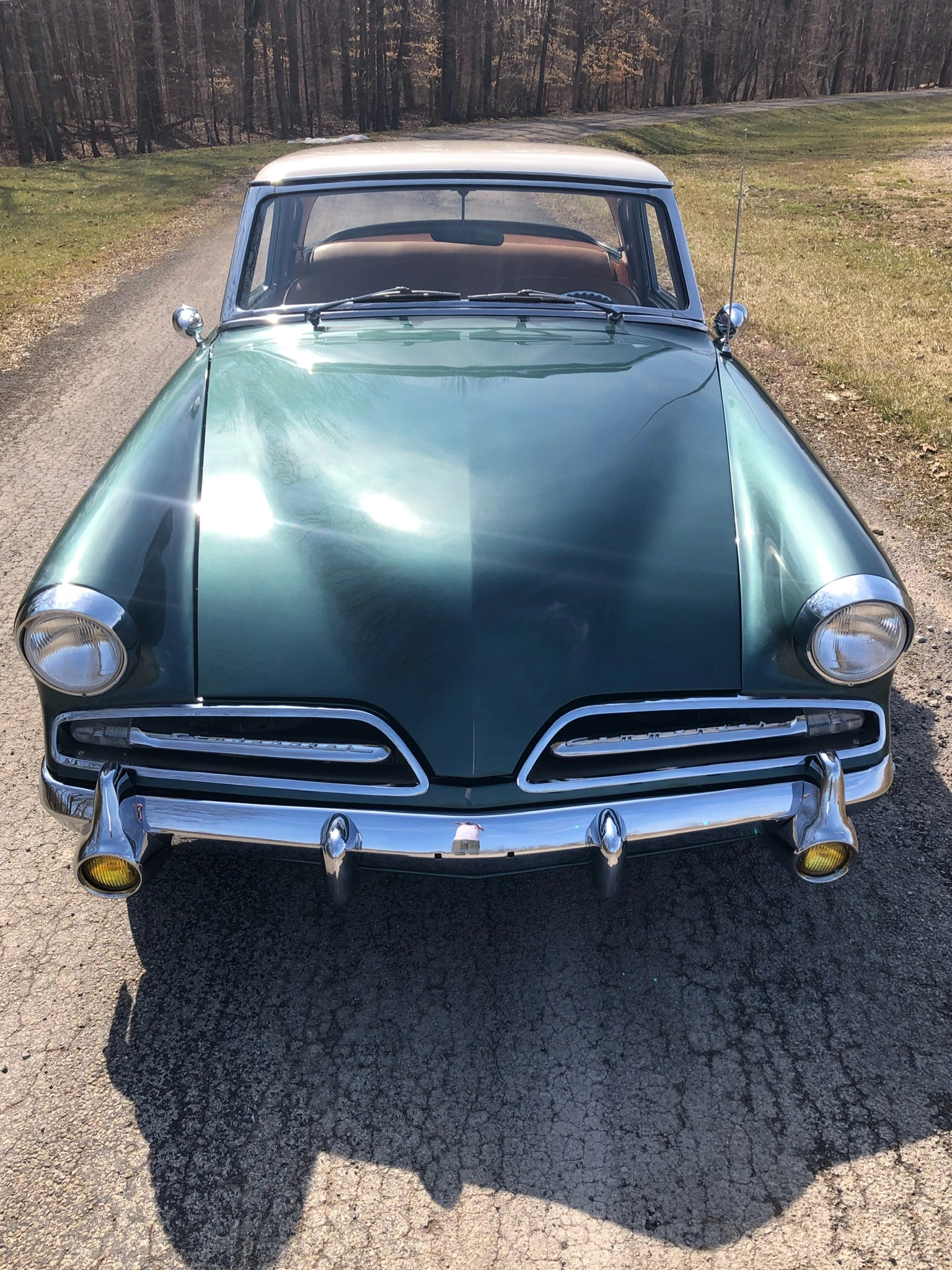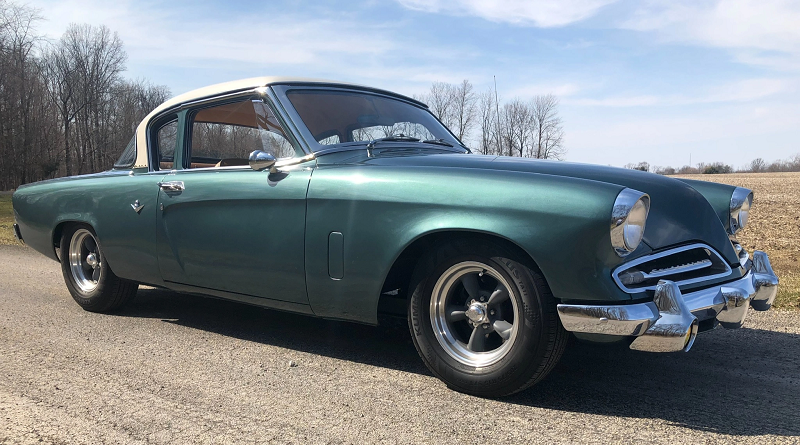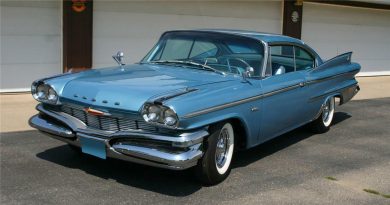1953 Studebaker Champion Starlight
The Starlight coupe is a unique 2-door body style that was offered by Studebaker Corporation of South Bend, Indiana (United States) from 1947 to 1955 on its Champion and Commander model series. It was designed by Virgil Exner, formerly of Raymond Loewy Associates.

When Studebaker decided to infuse a more radical restyling into their car line for 1953 little did they know their influences would be so well received within the performance world. The new Studebaker Champion coupes looked like they were doing 200 mph while standing still. Regardless of whether they were used in drag racing or for thundering across the salt, the new body style easily cheated the wind, more on that later.

19,236 Commander Starliner Coupes were produced for the model year of a total 151,576 Studebakers; fewer than the 1952 model year dropping the company to tenth in industry sales. Power is supplied by a 350ci Chevrolet V8 and a Holley double-pumper carburetor, a K&N air filter, aluminum cylinder heads with a roller-rocker valvetrain, an HEI distributor, a Wizard Cooling radiator and fan, chrome-finished dress-up components, and dual exhaust.
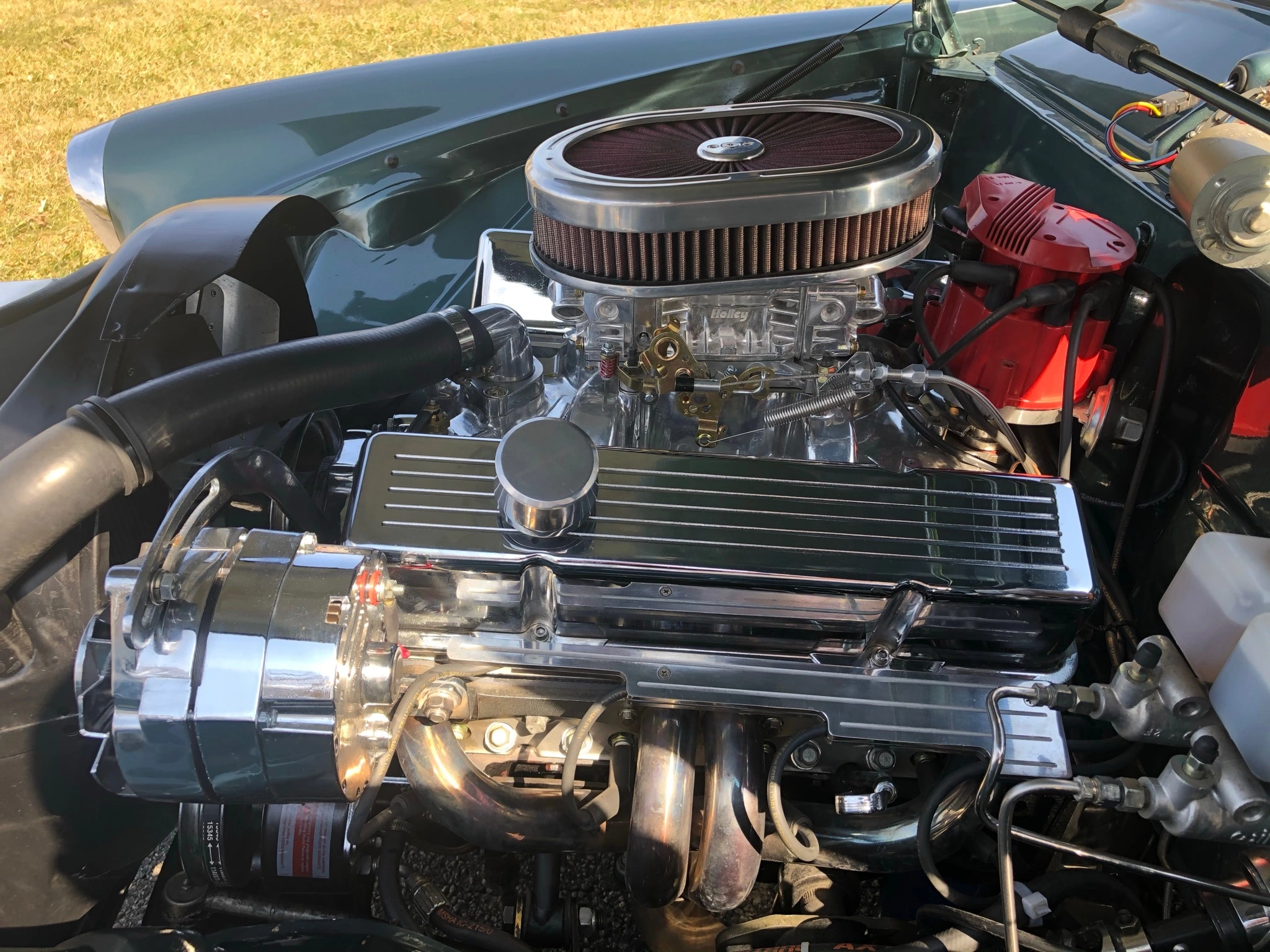
The refreshed interior is equipped with a split-folding front bench seat and a rear bench, which feature two-tone tan upholstery. The carpeting and headliner have also been replaced, and aftermarket equipment includes a rear console, the pedal assembly, a chrome shifter with an eight-ball knob, and a hidden sound system. The front firewall was shaved and smoothed, including removal of the heater core; the car does not have a climate-control system. A three-spoke steering wheel is mounted to a chrome-finished steering column. Instrumentation includes a 110-mph speedometer flanked by four auxiliary gauges, driver switchgear, and a five-digit odometer.
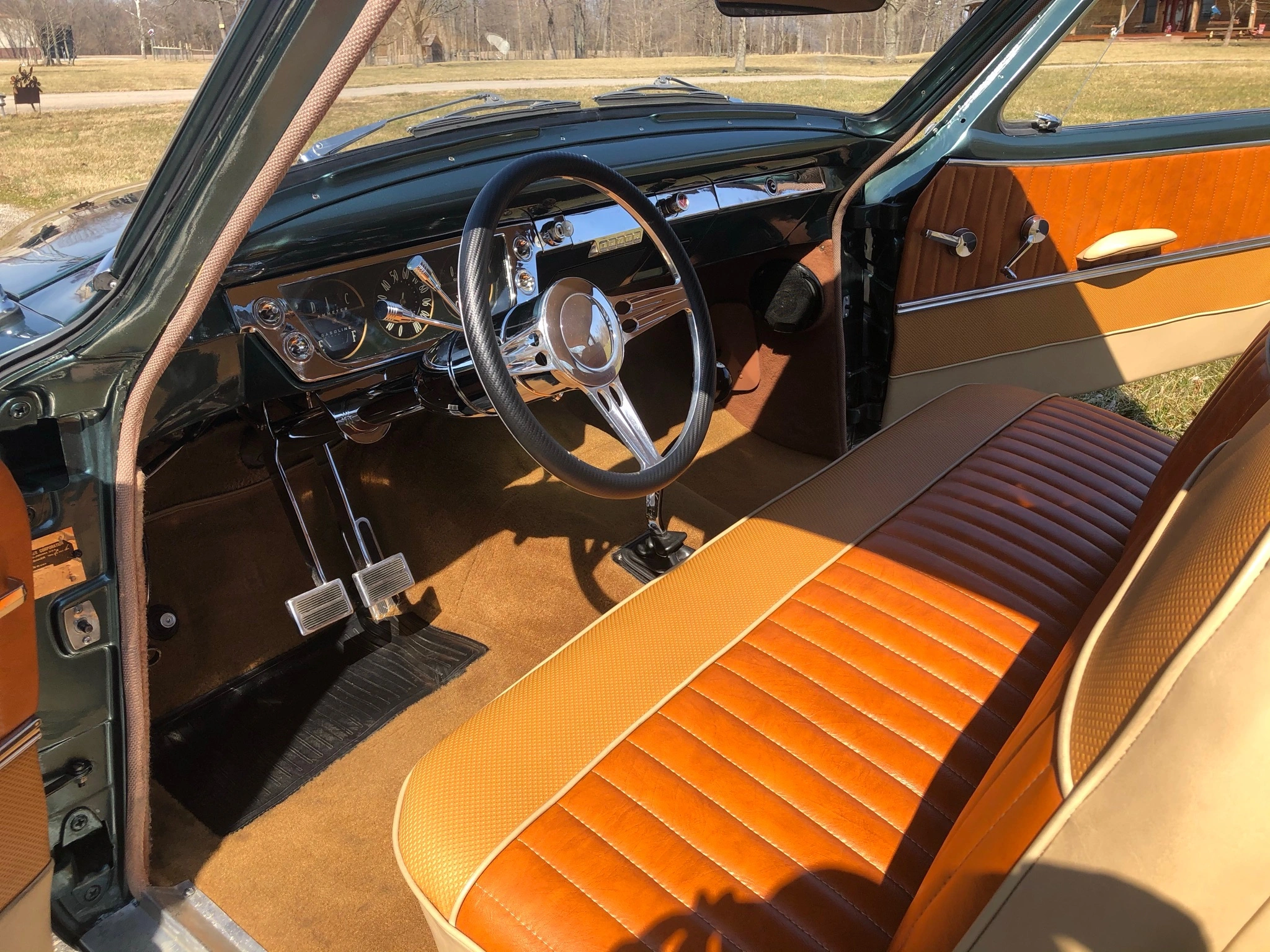
Legendary industrial designer Raymond Loewy often gets the credit for the svelte lines of Studebaker’s landmark coupe, with the car sometimes called the Loewy coupe. But it was Robert Bourke, a designer at Loewy’s studio, who penned the low, lean styling for what originally was to be a Studebaker Champion Starlight show car.
